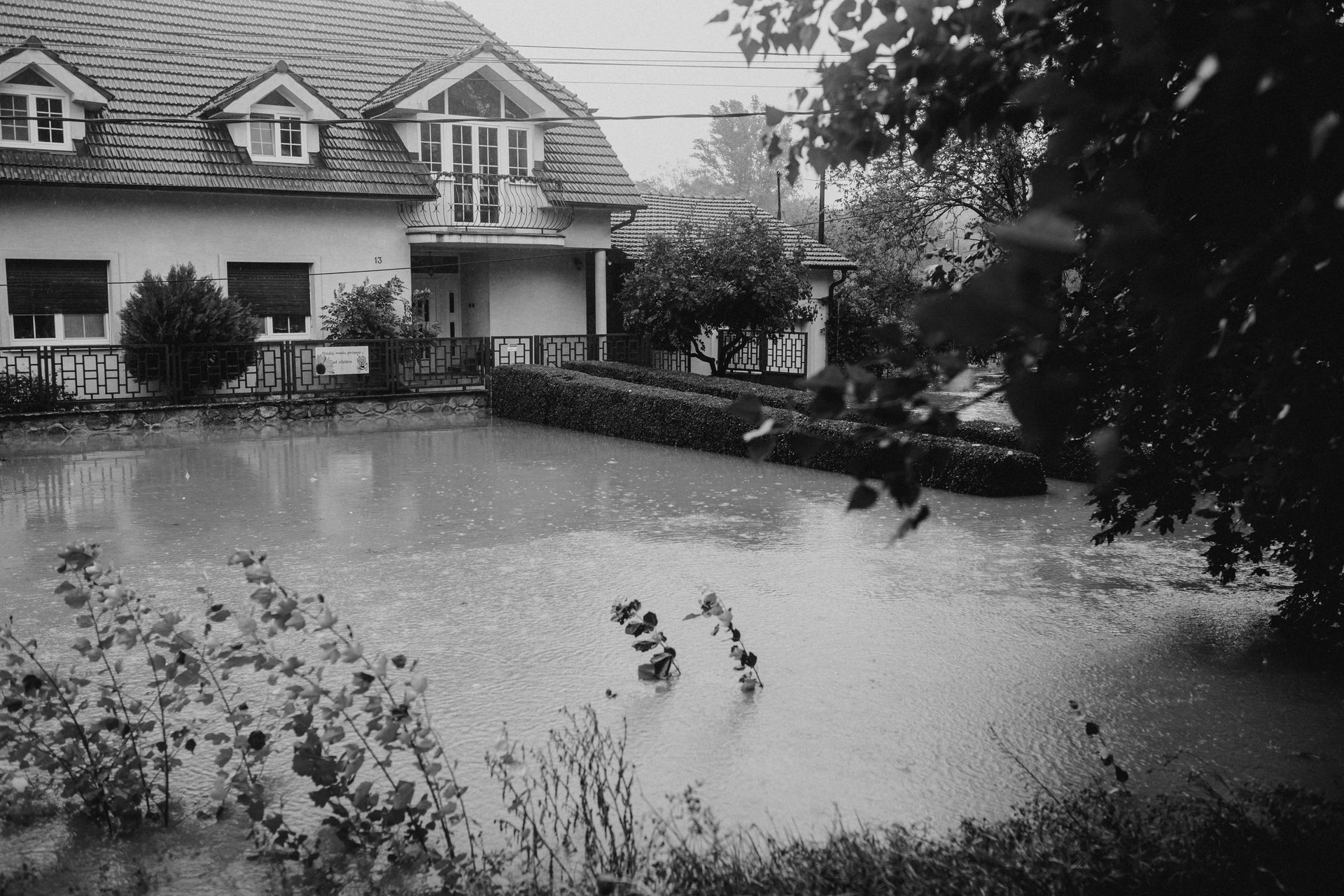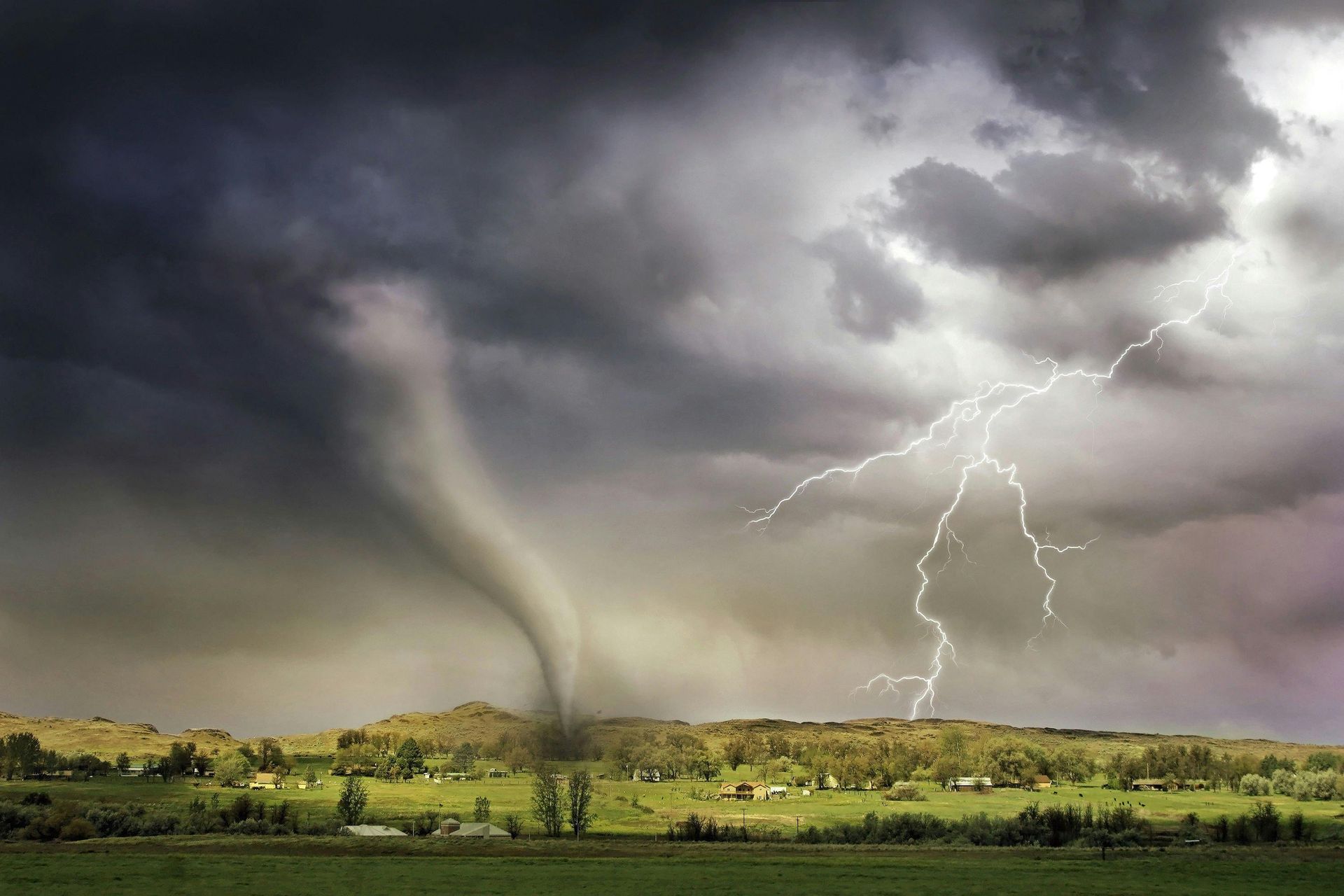Winter Driving Safety & Coverage
Winter Driving Safety & Coverage: Navigate the Season with Confidence
Winter weather can transform even the most familiar roads into treacherous landscapes. Snow, ice, and freezing temperatures create hazardous driving conditions that require extra caution and preparation. But beyond safe driving practices, understanding your auto insurance coverage during winter is equally important. This guide provides essential winter driving safety tips and highlights key insurance considerations to help you navigate the season with confidence.
Winter Driving Safety Tips: Staying Safe on Icy Roads
1. Prepare Your Vehicle for Winter
Before winter weather hits, make sure your vehicle is ready for the challenges ahead:
- Tires: Check your tire tread depth and consider switching to winter tires for optimal traction on snow and ice. Ensure your tires are properly inflated.
- Battery: Cold weather can significantly reduce battery power. Have your battery tested and replaced if necessary.
- Fluids: Ensure your antifreeze, windshield washer fluid, and engine oil are appropriate for winter temperatures.
- Brakes: Have your brakes inspected to ensure they're in good working order.
- Emergency Kit: Pack a winter emergency kit with items like a blanket, flashlight, jumper cables, ice scraper, snacks, and water.
Benefit to You: A well-maintained vehicle is less likely to experience breakdowns or malfunctions in harsh winter conditions, keeping you safer on the road.
2. Adjust Your Driving Habits
Winter driving demands a different approach:
- Reduce Speed: Slow down and maintain a safe following distance. Stopping distances increase significantly on icy roads.
- Accelerate and Decelerate Slowly: Avoid sudden movements that can cause you to lose control.
- Increase Following Distance: Give yourself ample space between your car and the vehicle in front of you.
- Know Your Brakes: Understand how your brakes work in slippery conditions, especially if you have anti-lock brakes (ABS).
- Steer into a Skid: If you start to skid, steer in the direction you want the front of your car to go.
Benefit to You: Adapting your driving habits to winter conditions significantly reduces your risk of accidents and keeps you and your passengers safe.
3. Stay Informed and Plan Ahead
- Check Weather Forecasts: Before heading out, check the weather forecast and road conditions.
- Plan Your Route: Choose well-maintained roads and avoid routes known to be hazardous in winter.
- Allow Extra Travel Time: Give yourself plenty of time to reach your destination, so you don't feel rushed.
- Inform Someone of Your Plans: Let someone know your route and expected arrival time.
Benefit to You: Being informed and planning ahead allows you to make safer choices, avoid dangerous situations, and ensure you arrive at your destination safely.
Winter Auto Insurance Considerations: Understanding Your Coverage
1. Collision Coverage: Protecting Your Vehicle
Collision coverage helps pay for repairs to your vehicle if it's damaged in an accident, regardless of who is at fault. This is particularly important in winter when the risk of accidents is higher.
Benefit to You: If you slide into a ditch or collide with another vehicle on an icy road, collision coverage helps cover the cost of repairs, preventing significant out-of-pocket expenses.
2. Comprehensive Coverage: Damage Beyond Collisions
Comprehensive coverage protects your vehicle from damage caused by non-collision events, such as falling ice, hitting an animal that has wandered into the road to lick salt, or theft.
Benefit to You: If a heavy snowfall causes a tree branch to fall on your car, comprehensive coverage helps pay for the damage.
3. Liability Coverage: Protecting Others
Liability coverage is essential year-round, but it's particularly important in winter. If you cause an accident in slippery conditions, liability coverage helps pay for the other driver's injuries and property damage.
Benefit to You: Liability coverage protects your assets if you're found at fault in a winter weather-related accident.
4. Uninsured/Underinsured Motorist Coverage
This coverage protects you if you're involved in an accident with a driver who has no insurance or insufficient insurance to cover your damages.
Benefit to You: Even if another driver is at fault, they may not have adequate insurance, especially during challenging economic times. This coverage ensures you're not left with the bill.
5. Roadside Assistance
Many insurance policies offer roadside assistance as an optional add-on. This can be invaluable in winter if you experience a breakdown, flat tire, or need a tow.
Benefit to You: Roadside assistance provides peace of mind knowing that help is just a phone call away if you encounter car trouble in cold, snowy conditions.
Review Your Policy and Stay Safe
Winter driving presents unique challenges, but with proper preparation and an understanding of your auto insurance coverage, you can navigate the season safely and confidently. Review your policy with your insurance agent, such as those at San Marcos Insurance Agency, to ensure you have the right coverage for winter driving. Stay informed, adjust your driving habits, and enjoy a safe winter season.










